Typography is the heartbeat of graphic design—it shapes visual communication before a single word is even read.
It is not simply about choosing a “nice” font. Every typeface has a personality that influences how a design is perceived. Serif fonts suggest tradition and reliability, sans-serif conveys clarity and modernity, while script fonts bring elegance or playfulness. Beyond the font itself, details like weight, spacing, and capitalization all play a role in how a message resonates. As a graphic designer, I’ve learned that typography is never decoration—it’s strategy.
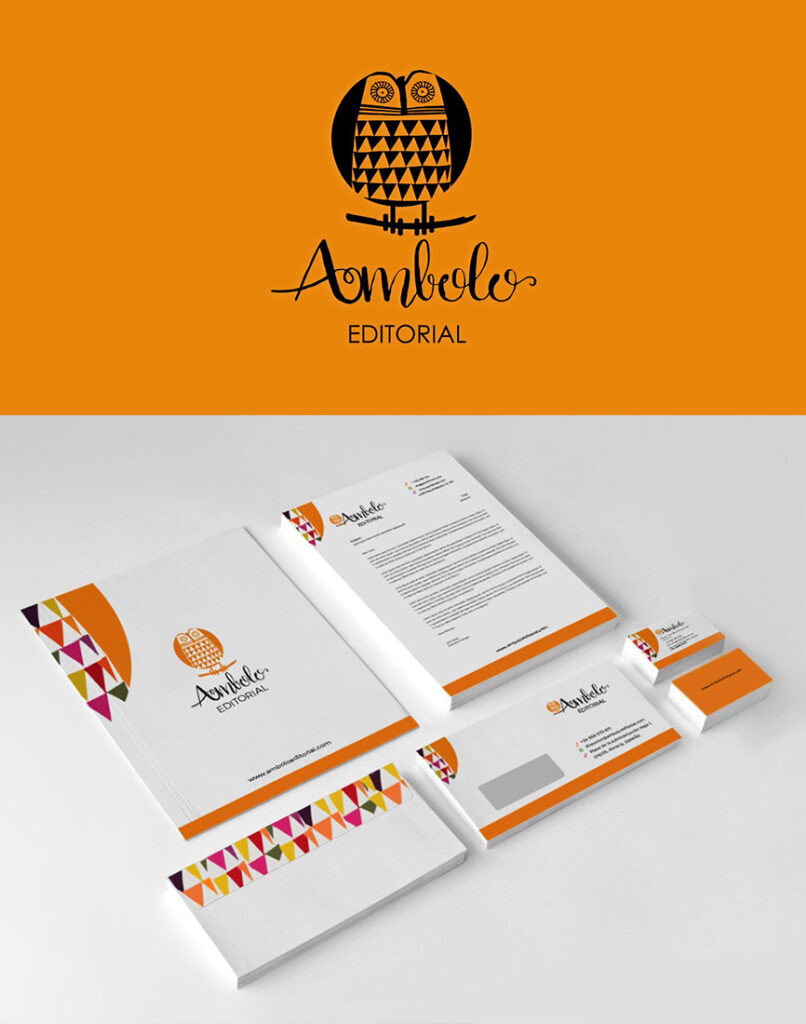
I still remember a branding project where I spent hours experimenting with font sizes and spacing. Once I found the right rhythm, the design didn’t just look professional—it guided the eye effortlessly. That’s the true power of typography in graphic design: it builds hierarchy, enhances readability, and makes content engaging. In visual communication, legibility is everything—if people can’t read your message, they can’t connect with it.
Typography also defines brand identity. Consistent use of type helps a business become instantly recognizable, whether it’s a bold, geometric font that communicates innovation for a tech company or a hand-drawn script that conveys warmth for a boutique. In digital projects, typography directly impacts user experience (UX). Well-structured, accessible type makes it easy for users to navigate and absorb content, while poor typography creates frustration.
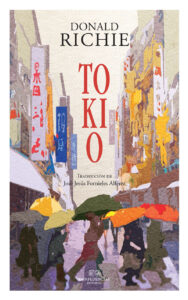
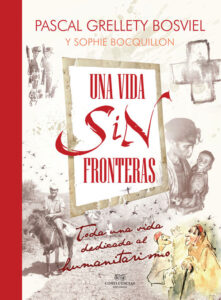
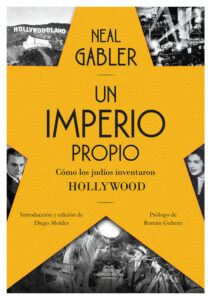
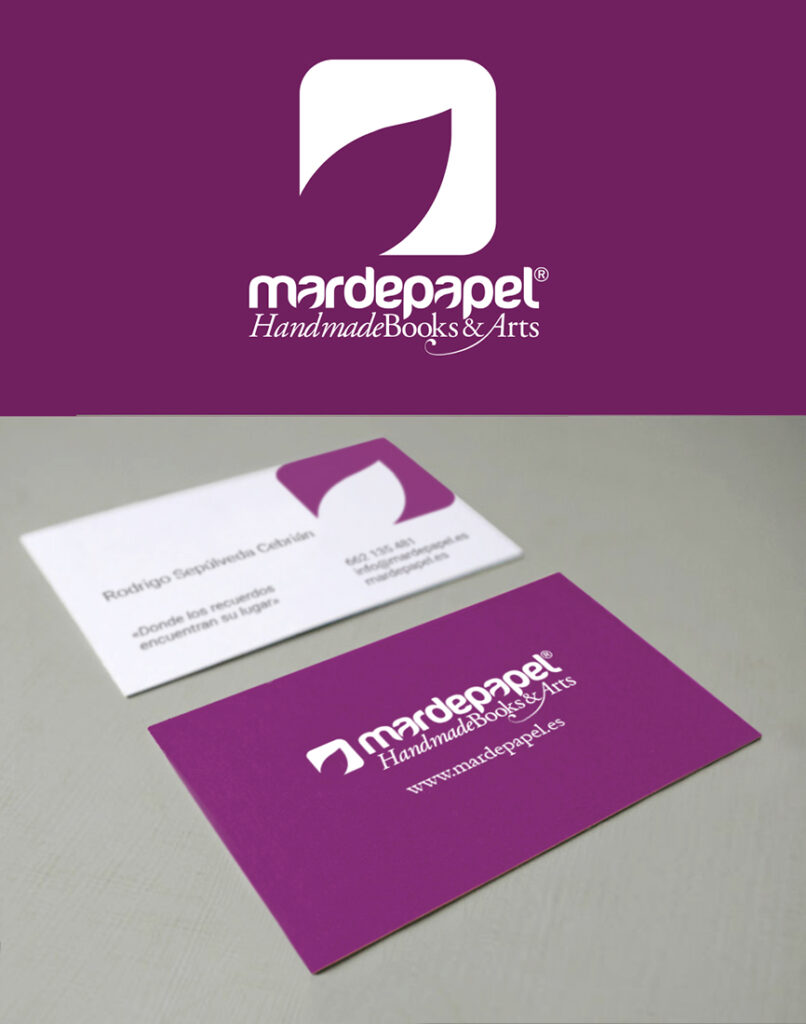
In motion graphics, typography comes alive. Moving text captures attention and adds emphasis, but it must remain legible and harmonious with the design. And when typography is integrated with illustration, it transforms into an expressive visual element, turning words into memorable, story-driven experiences.
For me, typography is more than a design choice—it’s storytelling. It connects emotion, brand identity, and user experience into one seamless message. Every letter, every curve, and every space matters. As a graphic designer, mastering typography has allowed me to create designs that aren’t just visually appealing but also deeply effective in communicating ideas and building strong brands.